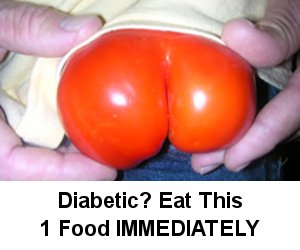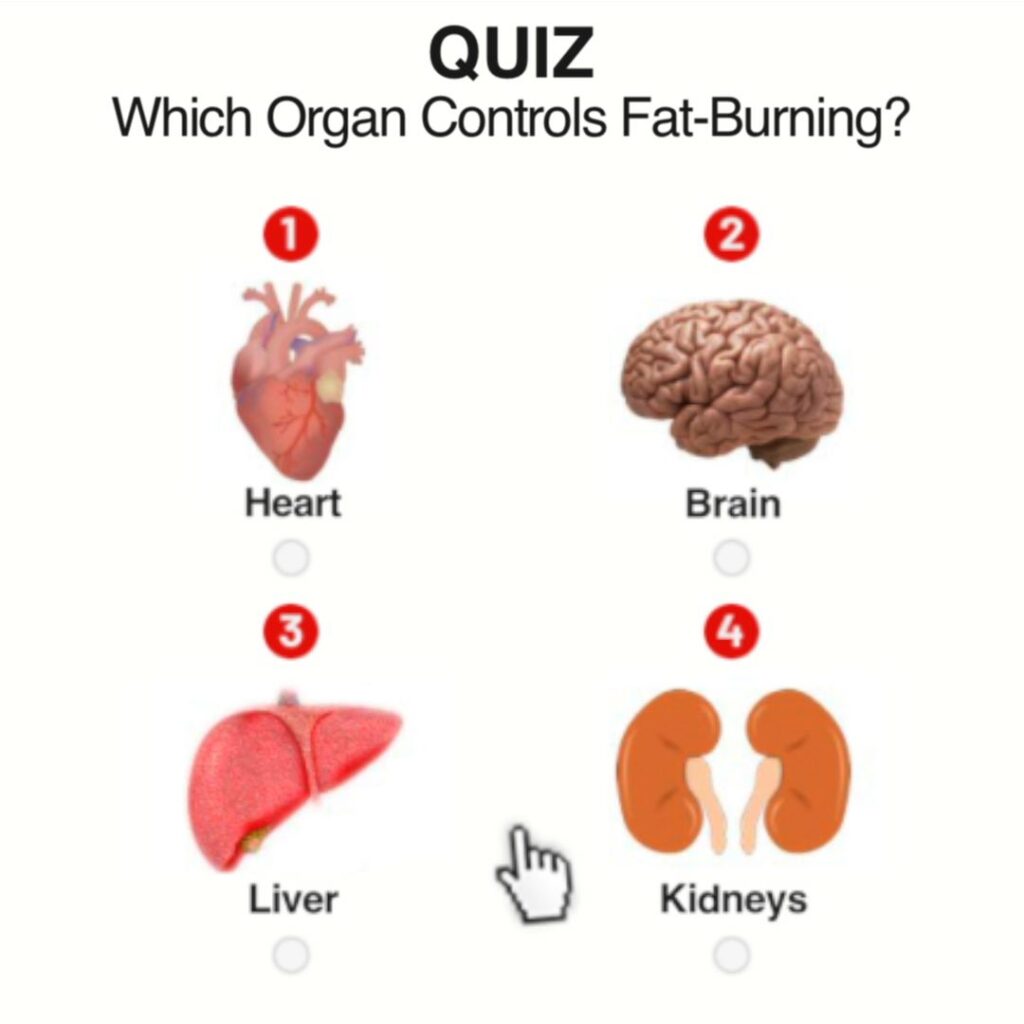Read labels and taste-test products, a dietitian suggests.
Question: I have Type 2 diabetes. I like to have low-sugar nutrition bars handy for snacks or missed meals, so I’ve begun buying bars that contain sugar alcohols. What do you think about these bars and sugar alcohol in general?
Answer: I’m glad you asked. You’re not alone. “Lots of my clients are confused by foods labeled ‘sugar-free’ and containing one or more of these foreign-sounding ingredients with an ‘ol’ ending,” says Lise Gloede, a registered dietitian, certified diabetes educator and owner of Nutrition Coaching, a private practice in Arlington.
For people with diabetes, the topic of sugars and sweets is steeped in outdated advice and misconceptions that linger. And new products are showing up on supermarket shelves to catch the eyes of a growing market. The Centers for Disease Control and Prevention recently announced that 29 million people in the United States have diabetes and another 86 million people, one in three U.S. adults, are estimated to have prediabetes.
Let’s start with current guidance about sweets, then get to sugar alcohols.
Historically, sugary foods were forbidden for people with diabetes. The notion was that calorie-containing sweeteners such as sugar, maple syrup, honey, etc., and foods containing them, raised blood glucose quickly — and faster than starchy foods and other sources of carbohydrates, such as fruit and milk. Then in the late 1980s, research punched holes in this theory, which eventually led to significant changes in the American Diabetes Association recommendation in the mid-1990s.
This is the ADA’s basic recommendation: People with diabetes can substitute some sugar and foods containing sugars without affecting their glucose or blood fat (lipid) levels.
But, a critical caveat: People are advised to make this substitution within the context of a healthful, calorie-conscious eating plan, which, for most people, doesn’t allot for many sugar-laden foods. So when choosing foods with carbohydrates, focus on those packed with nutrition.
On to sugar alcohols, also called polyols. They’re neither sugar nor alcohol but are called sugar alcohols because their chemical structure resembles that of sugar and alcohol.
Common names of sugar alcohols are sorbitol, xylitol, mannitol and maltitol syrup. A common suffix is “ol.” However, other ingredients, like isomalt, also are in this category.
Polyols are a group of low-digestible ingredients made of carbohydrates that provide, on average, 2 calories per gram vs. the 4 calories per gram in most other carbohydrates. The lower calorie counts are due to their incomplete absorption in the GI tract. When eaten in large amounts, this could translate to gas, gurgling sounds and/or diarrhea. But, a few small studies show that most people tolerate moderate amounts (up to 15 grams a day) just fine.
Most polyols have been approved for use by the Food and Drug Administration. You’ll find them in foods geared to people with diabetes, such as candy, cookies, ice cream and gum.
Some foods with polyols, such as ice cream or cookies, might be labeled “sugar-free” or “no sugar added.” By the U.S. Food and Drug Administration’s definition, a food can be labeled “sugar-free” if it contains less than 0.5 grams of sugars per serving. Sugar alcohols are not by definition sugars. But polyols and the foods they’re in aren’t calorie- or carbohydrate-free.
Now to the Nutrition Facts label. You’ll see sugar alcohols under total carbohydrates. If a labeling claim is made on the food (such as “sugar-free”), the amount of sugar alcohols or name of the specific sugar alcohol must be shown.
When it comes to counting foods with polyols in a diabetes eating plan, the ADA changed its nutrition recommendation in 2013. The guidance now says it’s not necessary for most people using foods with polyols to subtract the gram of sugar alcohols from the total carbohydrate count of their meal or snack. That’s because the difference in carbohydrates between regularly and polyol-sweetened foods is inconsequential.
So are there benefits of foods with polyols for people with diabetes? “I don’t generally recommend them, because the majority aren’t much lower in calories and total carbohydrate, so their advantages are limited,” Gloede says. But check them out for yourself. Read labels and taste-test products. If you find products that satisfy your taste buds, shave calories and unhealthful sugars, and lead to a lower glucose rise, then fit them into your eating plan.
Original post found at: http://www.washingtonpost.com/lifestyle/wellness/nutrition-qanda-dont-think-sugar-free-means-youll-get-off-scot-free/2014/07/08/5acb68ea-fbeb-11e3-8176-f2c941cf35f1_story.htmlP.S. You would be surprised at the amount and types of foods containing sugars. It’s important to read food labels to distinguish what is healthy for diabetics and what is not. Food manufacturers are cleaver in hiding sugar in their ingredients to sell more of their products.
P.P.S. Visit Exercises for Diabetics Today for easy workouts you can start now . . . and be ten pounds lighter in five weeks.






